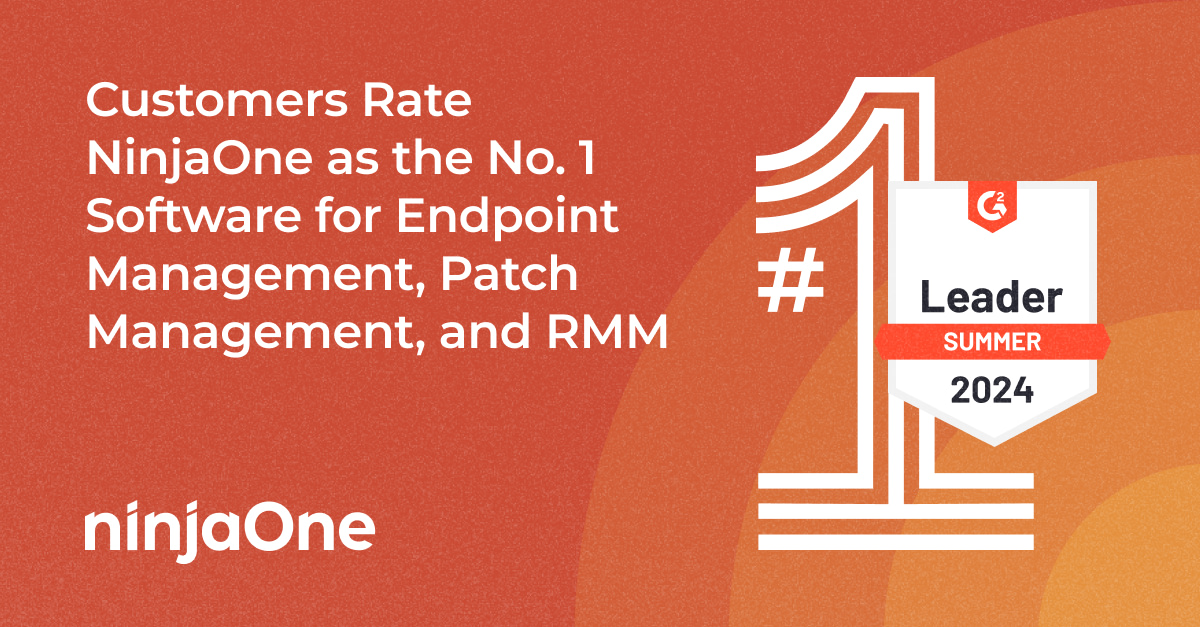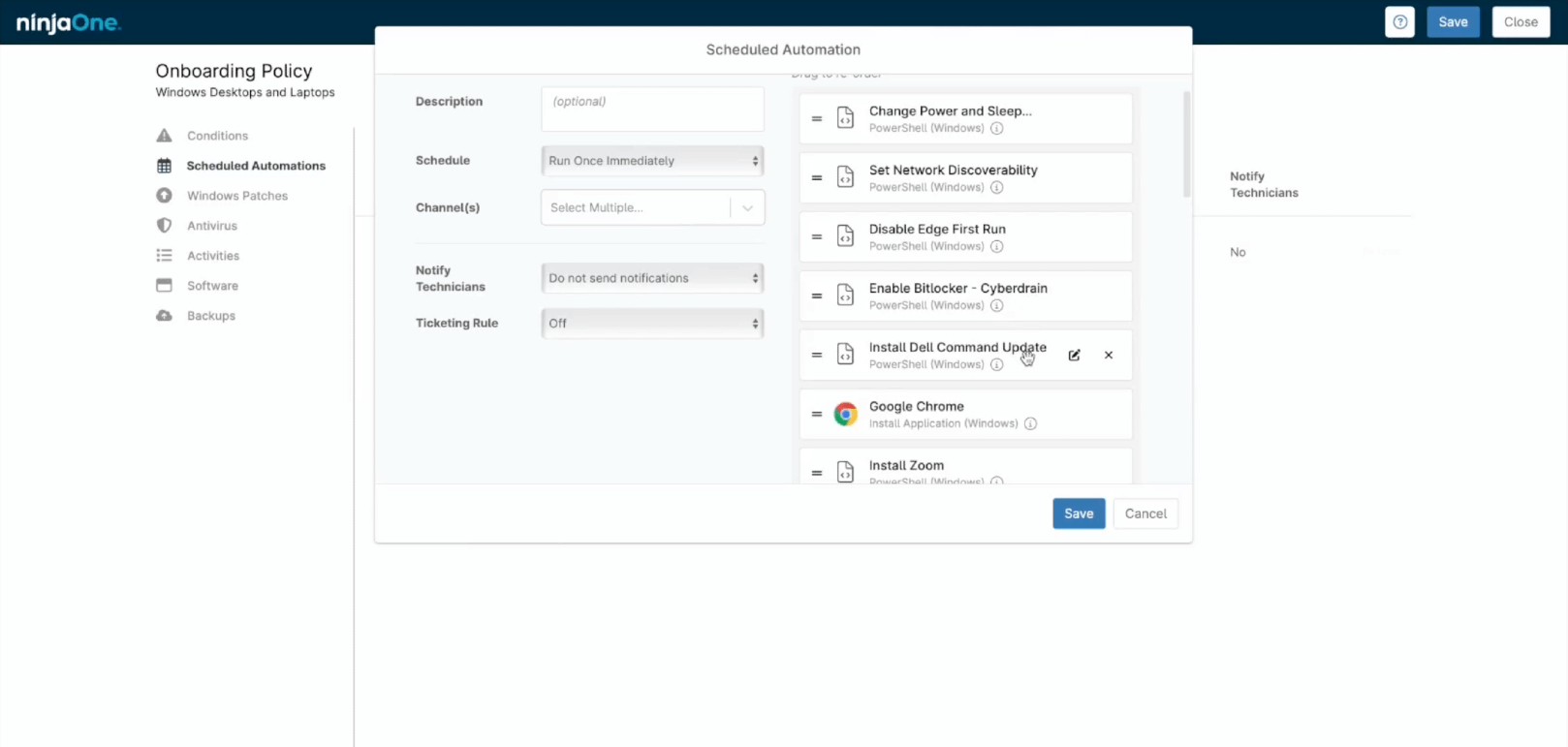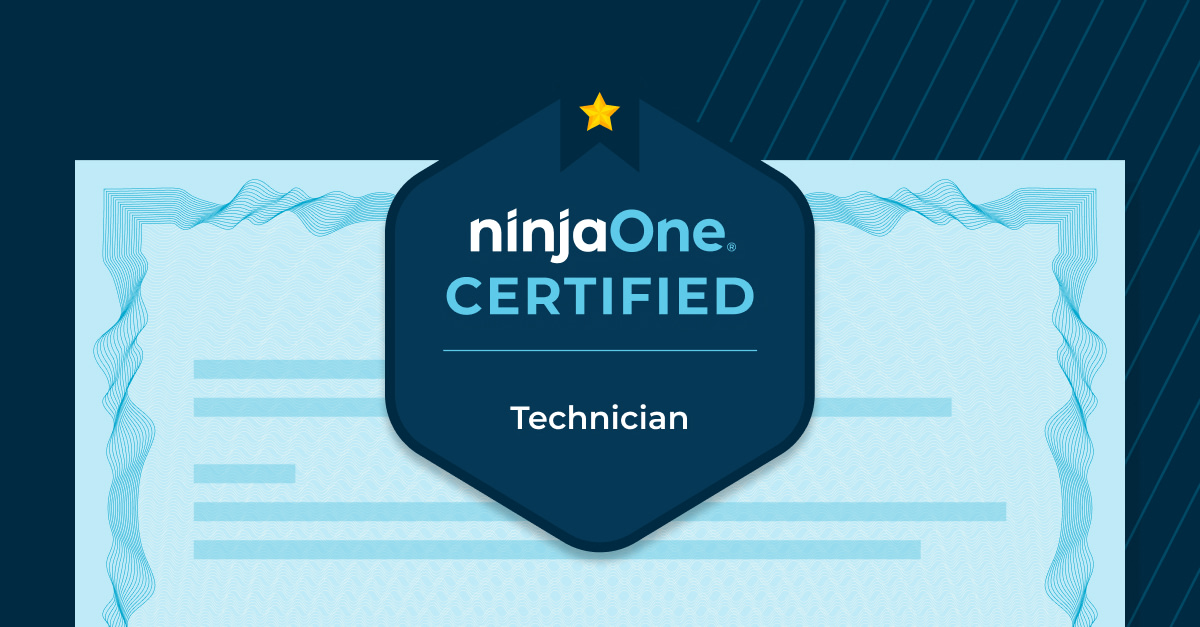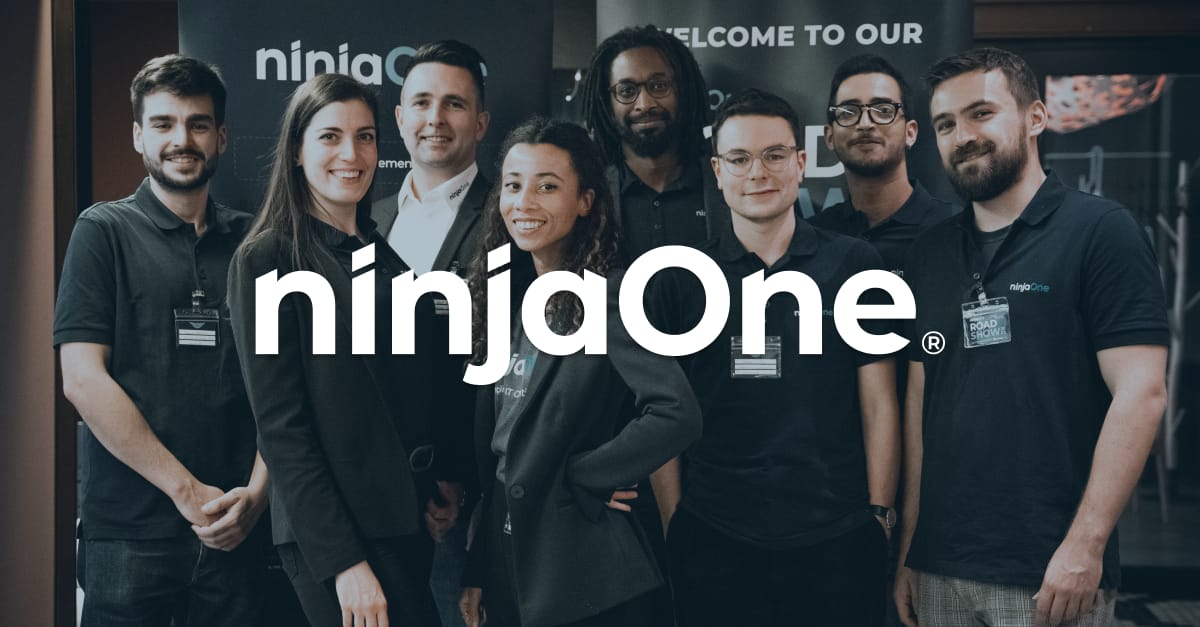As organizations grow, the number of tools needed for essential business operations grow with it. Unfortunately, as you add more tools to an organization, you increase the number of potential attack vectors. Within the National Vulnerability Database (NVD), there were 26,448 CVEs published last year, an increase of 20% over 2021. Each of these vulnerabilities serve as opportunities for bad actors to break their way into your network, leading to a loss of valuable data, money, and time.
Thanks to this increase in tool sprawl, it’s more important than ever to invest in a patch management solution that can support your business. A proper patching solution will automate your patching workflows, remediating urgent security flaws quickly and removing human error from the equation. Plus, with less time spent manually patching vulnerabilities, your team will have more time to spend on other core functions of IT and projects that need a less automated approach.
Whether your organization is brand new or has been around for centuries, you should continuously be evaluating your current patching methods. If you’re working on a well-established IT team, your current patching methods may be light years behind, inadequate for the growing number of employees and tools. Alternatively, a brand new IT team might not even have automated patching methods in place. Whatever the case may be, it’s essential to evaluate your network to see if there is any room for improvement.
Top 5 reasons to look for a new patch management solution
If you’re wondering if a new patching solution should be on the horizon, here are a few reasons why you might want to consider it:
There’s no reliable patching process in place
Without a cohesive patch management process in place, IT teams often find themselves without visibility or control over patching. Without centralized management, IT teams will rely on end users to patch and reboot their devices when needed, leading to missed patches and unresolved vulnerabilities that IT cannot see. With a dedicated patching solution, IT can easily automate the patching process, maintain critical visibility, quickly resolve vulnerabilities, and more. But, before investing in a new solution, it’s important to establish a general patching process and determine your organizational needs.
Your current solution no longer fits your business needs
The way businesses operate has changed fundamentally in the past few years, so their current patch management solution may no longer fit their needs. They may need to support the patching needs of remote and hybrid employees, meaning their on-prem solution is no longer sufficient. Or maybe they still have legacy tools in place that need to be replaced. Whatever the case may be, it could be the right time to reevaluate.
Your current solution is a standalone platform
With a siloed platform, organizations can suffer from inefficiencies and a lack of communication between platforms. This lack of communication between platforms can lead to issues with automated processes and a decrease of total visibility. When one solution fails to communicate a new vulnerability to a different solution, the patching process breaks down and you may find yourself caught out with an unpatched vulnerability. By consolidating patching with other IT operations tools, teams could save money while providing essential cybersecurity protection.
Organization has new security requirements
Similar to changing business needs, organizations might have new security requirements as they expand. Oftentimes, certain industries have specific security regulations, so it’s important to consider how the current solution is supporting those regulations. Additionally, security is constantly evolving, so it’s not only important to think about how the organization is changing but also how different security regulations are being adapted to cover the most up-to-date threats.
Current solution is no longer performing well
From time to time, it’s important for orgs to take a look at their existing tech and determine if it’s still performing adequately, or if they need to examine different options. Before diving into new options, they should track performance metrics on the current patch management platform. Some potential metrics to track: patch compliance rate (percent of devices that are fully patched), first pass patch success rate (percent of patches that are applied successfully without intervention), patch coverage (percent of endpoints under management covered by patch solution), and average time to patch.
If you resonated with any of the points above, then it might be time for your organization to consider a new patch management solution. To help in the search, we’ve put together a new Patch Management Buyer’s Guide, complete with these organizational evaluation tips along with features to consider as you make your decision. This guide comes with a PDF and a customizable worksheet to use during your evaluation process.








